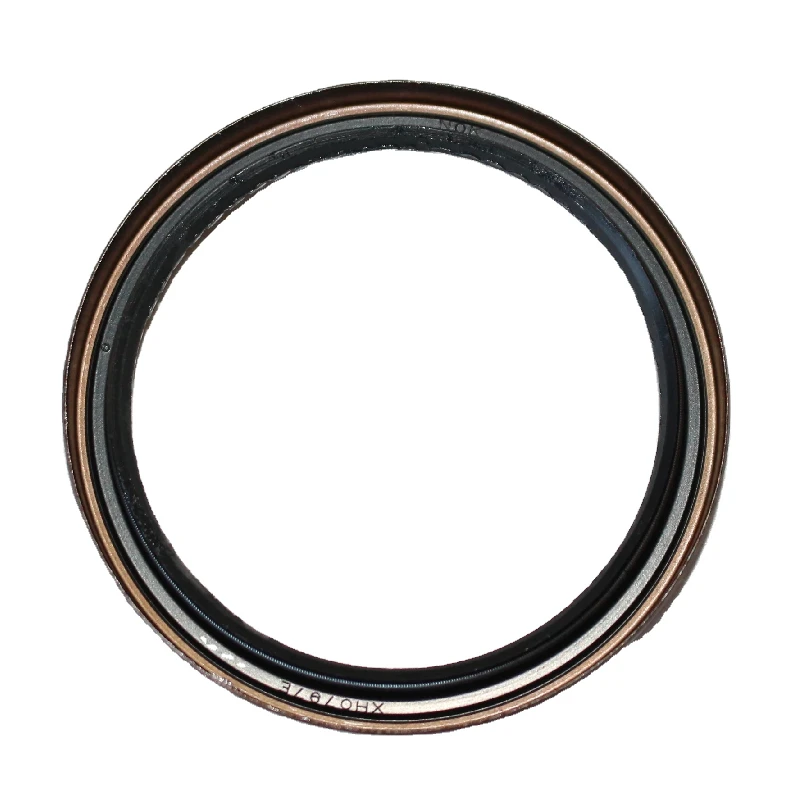m14 drain plug washer
Understanding M14 Drain Plug Washer A Comprehensive Guide
When it comes to automotive maintenance and repairs, one of the often-overlooked components is the drain plug washer. Among the various sizes and types available, the M14 drain plug washer plays a crucial role in ensuring that your vehicle's oil, transmission fluid, or coolant remains securely contained within the system. In this article, we will explore the importance of the M14 drain plug washer, its materials, installation tips, and maintenance practices.
What is an M14 Drain Plug Washer?
As the name suggests, an M14 drain plug washer is designed to fit on a drain plug that has a 14mm thread diameter. The primary function of the washer is to provide a tight seal between the drain plug and the oil pan or reservoir. This ensures that no fluid leaks out during operation, which can otherwise lead to significant performance issues, damage to the engine, or even catastrophic failures.
Importance of a Proper Seal
Oil leaks can be an automotive owner's worst nightmare. Not only do they lead to fluid loss and potential engine damage, but they can also create hazardous conditions on the road. A proper seal provided by the M14 drain plug washer is crucial for preventing these leaks. A worn or damaged washer can compromise the integrity of the seal, leading to annoying drips or even rapid fluid loss.
Materials Used
M14 drain plug washers come in various materials, each offering different benefits. The most common materials are
1. Rubber Rubber washers are popular due to their flexibility and ability to form a good seal. They are generally cost-effective but may wear out faster compared to other materials.
2. Copper Copper washers are known for their durability and resistance to heat. They are often used in high-performance applications where high temperatures and pressures are expected. Copper can also undergo deformation, allowing for a better seal when compressed.
3. Aluminum Aluminum washers provide a good balance between weight and durability. They are lighter than copper but still effective in creating a reliable seal. They are suitable for various applications, including both oil and coolant systems.
4. Fiber/Composite Some washers are made from composite materials, which can provide excellent resistance to chemical degradation and are suitable for specific applications.
Installation Tips
m14 drain plug washer

Installing an M14 drain plug washer may seem straightforward, but there are a few tips you should keep in mind to ensure proper installation and sealing
1. Inspect Always inspect the M14 washer for signs of wear or damage before installation. If it appears cracked, flattened, or deformed, it’s best to replace it.
2. Clean the Surface Before reinstalling the drain plug, clean the contact surfaces to remove dirt, debris, and old sealing material. A clean surface ensures a better seal.
3. Lubricate Applying a small amount of oil to the washer can help it seat more easily and provide a better seal. However, be cautious not to overdo it, as excessive lubrication might have the opposite effect.
4. Torque Specifications Follow the manufacturer’s recommended torque specifications for the drain plug. Over-tightening can damage the washer and drain plug, while under-tightening could lead to leaks.
Maintenance Practices
To ensure the longevity of your M14 drain plug washer and prevent leaks
1. Regular Inspections Periodically check for signs of leaking and perform regular maintenance on your vehicle’s fluids.
2. Replace When Needed It’s a good practice to replace the washer each time you change the oil or when you notice leaks. This small expense can save you from costly repairs in the long run.
3. Know Your Vehicle Familiarize yourself with your vehicle's requirements. Manufacturers may have specific recommendations regarding the type of washer to use.
Conclusion
The M14 drain plug washer may seem like a minor component in the grand scheme of automotive maintenance, but its role is undeniably significant. By ensuring a secure seal, the proper washer helps prevent fluid leaks that can lead to costly engine damage. Understanding the materials, installation best practices, and ongoing maintenance can help you care for your vehicle effectively. Remember, in the world of automotive repairs, sometimes the smallest components make the biggest difference.
-
Understanding Automotive Oil Seals: Essential Components for Engine and Shaft Protection
News Jul.30,2025
-
The Importance of Heavy Duty Seals in Industrial and Residential Applications
News Jul.30,2025
-
Exploring Industrial Oil Seals: From Felt Oil Seals to TTO and CFW Solutions
News Jul.30,2025
-
Essential Guide to Oil Seals: From Radial to Metal-Cased Seals for Industrial Reliability
News Jul.30,2025
-
Choosing the Right Oil Seals and Gaskets for Industrial and Automotive Applications
News Jul.30,2025
-
Cassette Seals: Durable Sealing Solutions for Harsh Environments
News Jul.30,2025
-
Understanding the Front Main Engine Seal: Purpose, Maintenance, and Installation
News Jul.29,2025
Products categories















